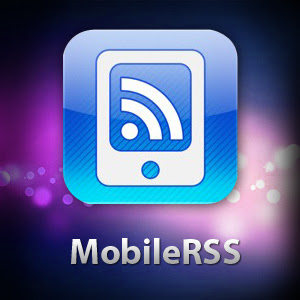Engaging the Material and Re-thinking the Message
How does the iPad meet different learning styles so that students are more engaged with the material?
Having spent the past few weeks putting our two humble iPads into the hands of as many teachers and students as possible, I nonetheless found Week 7’s question quite a taxing one. For one thing, it is interesting to think about what “the material” is from a number of viewpoints. Does the message change because of the medium? My Science coordinator seems to think so in her evaluation of The Elements for iPad, a compendium of touchable elements with an array of information on each:

Likewise, as an avid reader, I’m highly impressed with the iPad’s potential - much of it already realised - as an e-reader that will transform the nature of content. Having grappled with the proprietary format restrictions of Amazon’s Kindle and the lunacy of not being able to read Border’s ePub files without copious hacks and modifications, I’m pleased that the Borders and Amazon apps sit snuggly with Apple’s new iBooks on the iPad - everything converges nicely without too much fuss. The screen is a nice size too.
Will the iPad’s niftiness with periodic elements and electronic books engage students who would be otherwise largely uninterested in the composition of beryllium or the ruminations of a nineteenth century lady of leisure (sorry, Ms. Austin!)? Quite possibly. In terms of learning styles, there could be considerable potential for exploring how the touch interface transforms our relationship with the information we view and process, particularly for the so-called kinaesthetic learners. Ultimately, though, I think the iPad’s success as a device to transform learning will be dependent on how well it builds in the open architecture of web 2.0 and interactivity within the apps themselves.
My Stand-Out App for Web 2.0 Interactivity - MobileRSS

Long-since relegated to the halls of nerdy obscurity, RSS reading is a technology that many teachers - myself included - often throw well into the too-hard basket, just because of the complexities of identifying, tagging and subscribing to sites that support RSS functionality. Although I love Google Reader, I find it cumbersome to have a class of kids set up separate Google accounts and then show them at length how to navigate news sites like abc.net.au/news looking for relevant tags and locating RSS feeds. Kids all too easily forget passwords and unless there is substantial time and follow-up, this kind of technology doesn’t pay back the investment (and Google have yet to answer my plea to add Reader to the suite of Google Apps for Education).
All of that aside, I’m pleased to see that RSS is alive and kicking on the iPad. A search for RSS turns up a good twenty apps that nicely manage feeds and integrate with many of the Web 2.0 services available (including Google Reader!). My pick, MobileRSS syncs effortlessly with my Google account and even stores hundreds of RSS articles/posts on the iPad for reading without a wifi connection.
The way that the iPad just blends into the background when I read is really the selling point for me both as a technology consumer and as a teacher. Most importantly, apps like MobileRSS allow for a high degree of interactivity, integrating effortlessly with Web 2.0 services like Twitter, Facebook, Buzz, StumbleUpon and so on. If it works for me (and it does), I think there’s real potential for kids to get excited about reading news and blogs and to share their interpretations, reflections and opinions on the pieces they read. That makes the teacher investment in protocols like RSS and services like Google Reader worth my while.

Hi Michael,
ReplyDeleteThanks for alerting us to this RSS app. I will have a look at it too.